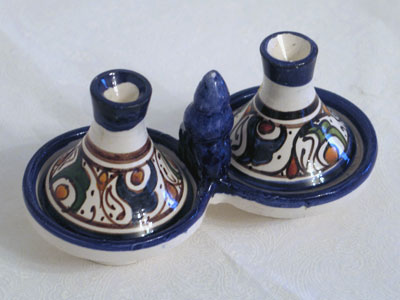Prior to my trip to Morocco, I thought that all oriental/Persian rugs were the same. Most of them red, with blue and cream-colored arabesques with tan outlines. Some of them featured in Jeff Bridge’s movies….
But after a visit to a Berber rug cooperative, I learned the subtle differences and personal touches that go into every rug. I also learned that Berber women are more productive than I am in my off-time!
But first, a word on Berbers. Both ‘Berber’ and the term ‘Barbarian’ come from the latinate Roman empirical term for outsiders, who spoke such a different language from Latin that the Romans thought all they were saying was “bar-bar-bar-bar” (basically the ancient version of the Charlie Brown adult voice). Berbers are not Arabic. They are known to have been in North Africa since at least 3000 BC. Waves of Berber migrants swept across North Africa in the third and eleventh centuries with further migratory and nomadic patterns within the country.
Most Berbers have created permanent settlements. Some speak Arabic and some have converted to Islam. However, it is important to know that Berber has its own culture, language, and history, apart from the Arab dynasties of North African and the Middle East. I asked a Berber man at the cooperative how they keep track of their history and he told me it is completely an oral culture.
I soon learned that Berber men are often farmers or migrant workers, while the women do the cooking, child care, and other household activities, including rug-making!
So without further ado, the Berber Rug Cooperative!
After entering another enchanting Moroccan door…
we entered the Berber rug cooperative. Like many other commercial entities in Morocco, they do not believe in conveying scarcity by displaying limited wares.
When I entered this Berber rug cooperative, I noticed a few things. One, that Moroccan rugs are not all Persian-looking. They are not all knotted, the way your prototypical Persian rug is. Moroccan rugs are notable for being embroidered, knotted, and woven (sometimes all in the same rug!). The use of these three different methods produce some highly textured floor decor that did not fit my taste, but provided one of the girls on my group with a great entry rug.
We were greeted by a man in traditional blue Berber garb.
In terms of the materials, sheep, goat, and camel wool are all fair game. In terms of patterns, Berbers traditionally incorporate diamond geometric patterns with natural symbols (wheat, river zig zags, etc). They dye their fibers saffron yellow, mint green, and henna orange.
Every tribe has their own story and set of symbols that the women pass down from one generation to the next. With their busy schedules, it is amazing that Berber women find time to weave at all, but one woman (if she has been trained from a young age) can make up to fifteen rugs in her lifetime! And these are not pot-holder mini-rugs. We’re talking 5 X 8 and larger.
Without books or a significant written culture, the Berbers place a great deal of emphasis on the symbols that stand for who they are, which are expressed in their rugs that they use every day.









































